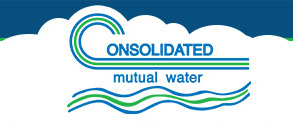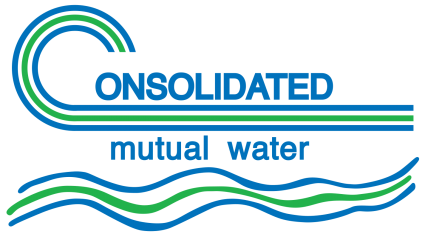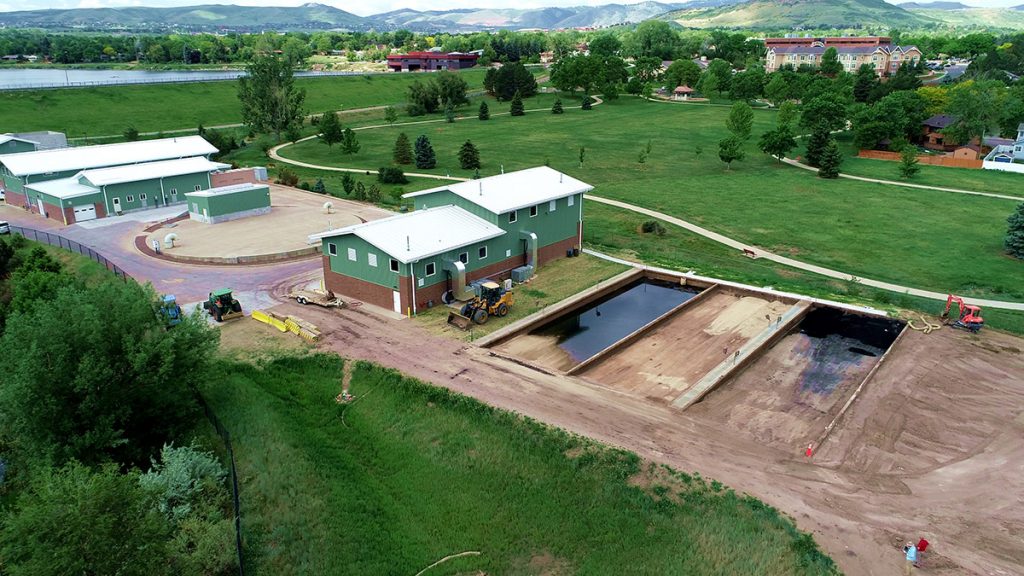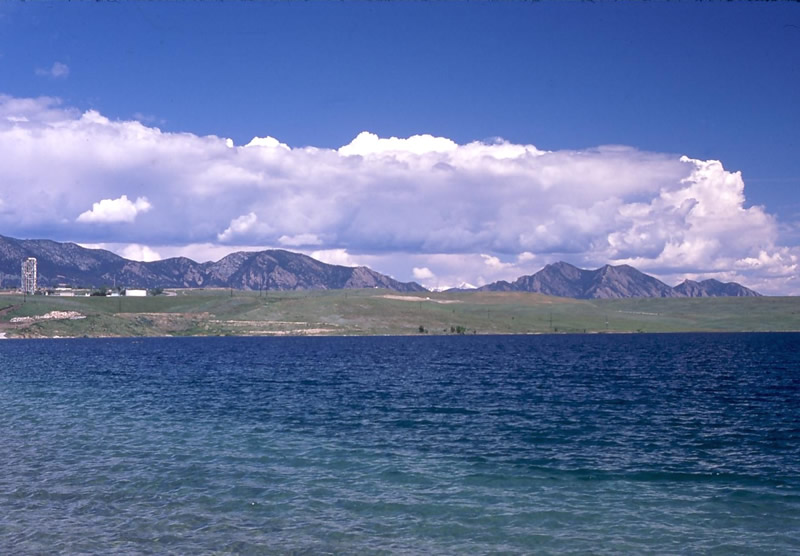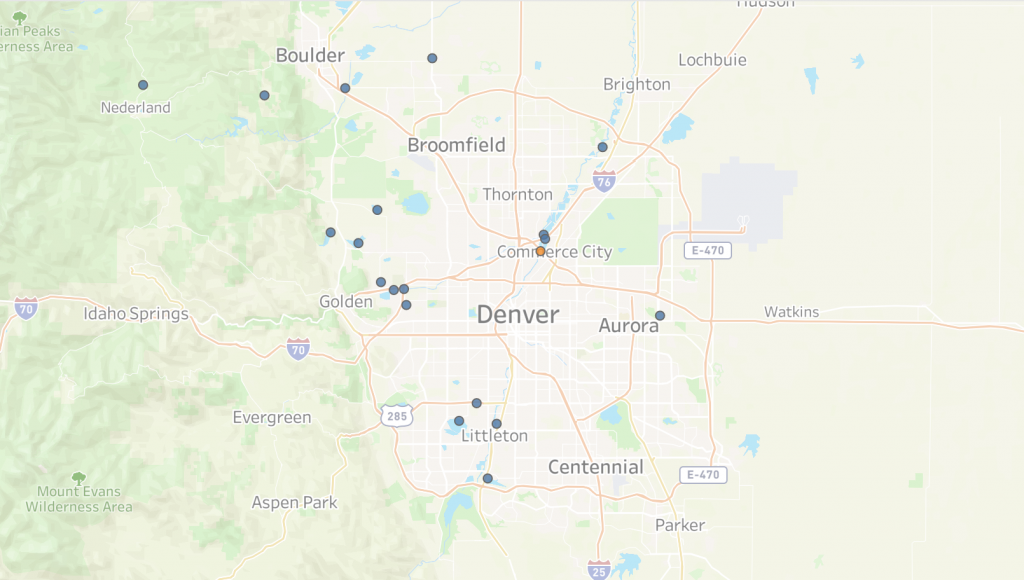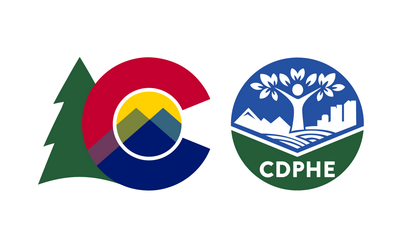Water Quality
Two independent and separate water treatment systems supply water to our customers:
- Denver Water Treatment facilities supply approximately 60 percent of Consolidated’s service area.
- Consolidated’s Maple Grove Treatment Plant supplies the remaining 40 percent of our customers.
Both systems provide high-quality drinking water and meet or exceed all requirements of the Safe Drinking Water Act. All treatment plants are operated by certified class “A” operators as required by EPA regulations.
Click on the buttons to the right for a summary of water quality for each system along with details about where your water comes from, what it contains and how it compares to standards set by regulatory agencies. Certified laboratories complete all reportable water analysis to ensure compliance with all regulations.
Our Maple Grove Water Treatment Facility has 23 on-line instruments that continuously monitor water quality. Calibration of our instruments occurs on a regular basis, and the instruments are also verified by our staff daily in our laboratory. Furthermore, nine different water quality analyses are performed daily to optimize the quality of finished water, and our staff performs over 12,000 water quality tests annually.
In addition, our Staff monitors water quality within the distribution system for compliance with the Colorado Department of Public Health and Environment guidelines. These guidelines ensure the delivery of safe drinking water to each of our customers’ taps.
Further, more than 700 samples are collected annually from locations throughout our system for analysis of over 70 different contaminants, and to ensure adherence to disinfection standards. Results of sample analyses are then reported to our customers in our annual Consumer Confidence Report, which is included in our Annual Report and mailed to all Stockholders.
Consolidated’s monitoring plan lists requirements for testing by the Colorado Department of Public Health & Environment, such as turbidity and total coliform bacteria. Please see the link below for additional testing requirements, including both the frequency and locations. For further details, please see Consolidated’s Maple Grove 2020 Monitoring Schedule.
What Tests We Conduct
In addition to necessary process monitoring, all regulatory testing performed is in accordance with the Federal Safe Drinking Water Act and the Colorado Primary Drinking Water Regulations.
Consolidated’s monitoring plan lists requirements for testing by the Colorado Department of Public Health & Environment, such as turbidity and total coliform bacteria.
Our Maple Grove Water Treatment Facility has 23 on-line instruments that continuously monitor water quality. The calibration of our instruments occurs regularly and verified by our staff daily in our laboratory. Furthermore, performed daily are nine different water quality analyses to optimize the quality of finished water, and our team performs over 12,000 water quality tests annually.
In addition, our Staff monitors water quality within the distribution system for compliance with the Colorado Department of Public Health and Environment guidelines. These guidelines ensure the delivery of safe drinking water to each of our customers’ taps.
Further, more than 700 samples are collected annually from locations throughout our system for analysis of over 70 different contaminants, and to ensure adherence to disinfection standards. Results of sample analyses are reported to our customers in our annual Consumer Confidence Report, which is included in our Annual Report and mailed to all Stockholders.
How Often Are The Tests Conducted?
Testing and reporting are required at various time intervals, and exact requirements are described in the Federal Safe Drinking Water Act and the Colorado Primary Drinking Water Regulations.
The monitoring plan for Consolidated lists what tests are required by the Colorado Department of Public Health and Environment, including both the frequency and locations.
How Often Are The Test Results Published?
Test results are published according to the requirements of the Consumer Confidence Report (CCR) Rule set by the Federal Safe Drinking Water Act and the Colorado Primary Drinking water Regulations (Section 11.34).
Annual water quality test results for the past four years are posted to this web page and updated annually.
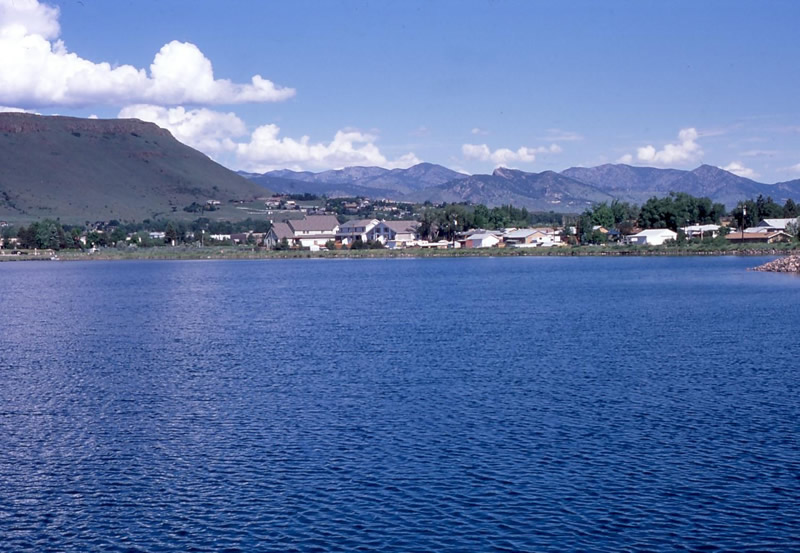
Additional Information
Some people may be more vulnerable to contaminants in drinking water than the general population. Immuno-compromised people may have a higher risk of infections; including people with cancer who are undergoing chemotherapy, people who have undergone organ transplants, people with HIV/AIDS or other immune system disorders, and some elderly persons and infants. These people should seek advice about drinking water from their healthcare providers. Environmental Protection Agency (EPA) and Centers for Disease Control guidelines on appropriate means to lessen the risk of infection by Cryptosporidium and other microbial contaminants are available from the EPA’s Safe Drinking Water Hotline at 1 (800) 426-4791.
To ensure that tap water is safe to drink, the EPA prescribes regulations which limit the level of contaminants in water provided by public water systems. Food and Drug Administration regulations establish limits for contaminants in bottled water which must provide the same protection for public health.
Cryptosporidium and Giardia
Cryptosporidium and Giardia are microscopic organisms that, when ingested, can result in diarrhea, fever and other gastrointestinal symptoms. These organisms exist in Colorado’s rivers and streams; however, they are eliminated from drinking water by an effective treatment combination including filtration, sedimentation, and disinfection. The Maple Grove and Denver treatment facilities monitor treated water for these organisms.
Disinfection By-Products
Total Trihalomethanes are by-products of the disinfection process. Regulations require that they are reported to the Colorado Department of Public Health and Environment (CDPHE) by running annual averages.
Source Water
As water travels over land surface or underground, it dissolves naturally occurring minerals and radioactive material and may be polluted by animals or human activity. Contaminants that might be expected in untreated water include biological contaminants, such as viruses and bacteria; inorganic contaminants, such as salts and metals; pesticides and herbicides; organic chemicals from industrial or petroleum use and radioactive materials.
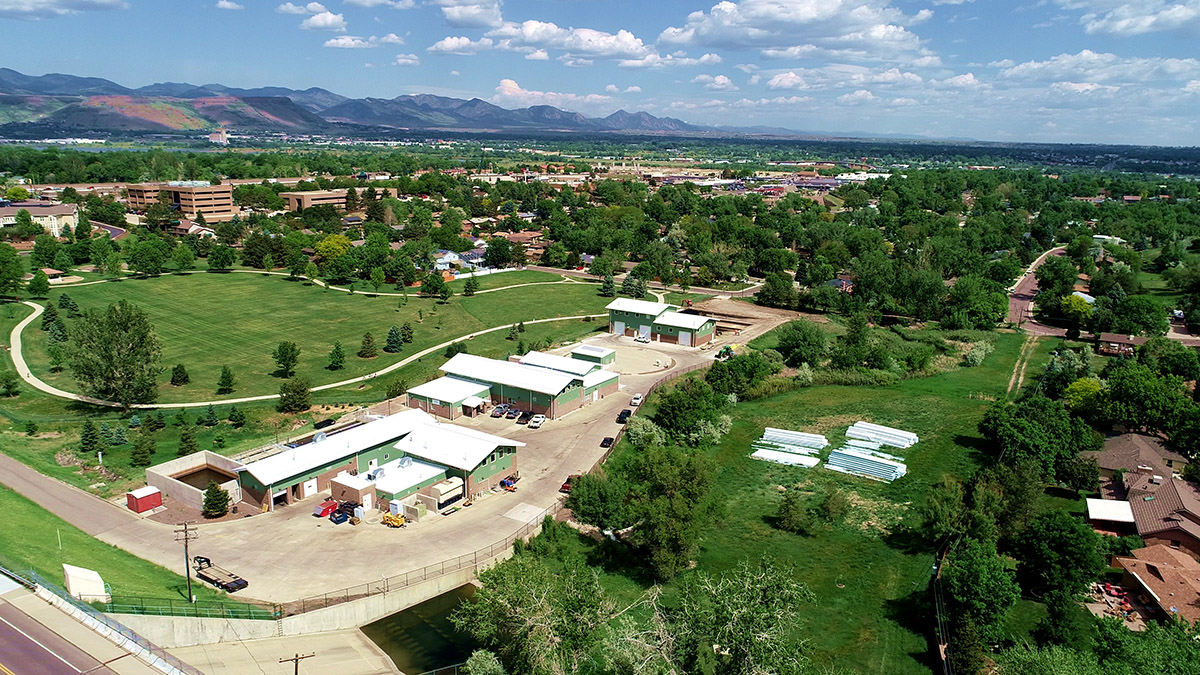
Potential sources of contamination
Potential sources of contamination in our source water area, as defined by the Colorado Department of Public Health & Environment, can come from these sites; the United States Environmental Protection Agency (EPA) Hazardous Waste Generators, Toxic Release Inventory Site (aboveground), Underground & Leaking Storage Tank Sites, and Existing/Abandoned Mine Sites. Other causes of contamination can come from dispersed sources of land use and cover types such as; Commercial/ Industrial/ Transportation, high-intensity residential, urban recreational grasses, row crops, fallow, pasture, hay farmland, deciduous forests, and leaching septic systems. The Source Water Assessment Report provides a screening-level evaluation of potential contamination that could occur. It does not mean that the contamination has or will occur. We can use this information to evaluate the need to improve our current water treatment capabilities and prepare for possible future contamination threats which will help us ensure that quality finished water is delivered to your home. Also, the source water assessment results provide a starting point for developing a source water protection plan.
Drinking water
Drinking water, including bottled water, may be reasonably expected to contain at least small amounts of some contaminants. The presence of contaminants does not necessarily indicate that water poses a health risk. Obtain more information about contaminants and potential health effects by calling the EPA’s Safe Drinking Water Hotline at 1(800) 426-4791.
Lead & Copper
Lead & Copper are sampled at “high risk” homes with lead service lines or lead solder used in pipe fittings. The regulations state that 90 percent of the samples taken must be below the action levels of 0.15 parts per million for lead and 1.3 parts per million for copper. If you are concerned about lead in your water, you may wish to have your water tested. Information on lead in drinking water, testing methods and steps you can take to minimize exposure is available from the Safe Drinking Water Hotline or at www.epa.gov/safewater/lead.
Results of Colorado’s Community Water Sampling Project
Colorado announced the results of a project that tested water statewide for PFAS, pervasive chemicals that originate from toxic firefighting foam and other sources. The state found that none of the treated drinking water tested was above the EPA’s health advisory level, but the state did find higher levels of the chemicals in some groundwater sources (Stratmoor Hills Water and Sanitation District, Security Water and Sanitation District, Sugarloaf fire district, and Fourmile Fire District).
The results are posted online in a data dashboard. With $500,000 awarded from the state legislature, the department facilitated the sampling of 400 water systems and 15 firefighting districts– as well as 152 groundwater sources and 71 surface water sources like rivers and streams. The sampling included about half of the drinking water systems in the state serving around three-quarters of the population.
“The current results show that no drinking water tested above the EPA health advisory for two chemicals,” said Kristy Richardson, state toxicologist at the Department of Public Health and Environment. “At the same time, we know science is evolving, and we are committed to using the most current and best available information to provide health-based guidance on exposure to the chemicals. As new studies become available, our understanding of health effects in humans — and our recommendations — will continue to be refined.”
More information about the chemicals can be found at www.colorado.gov/pacific/cdphe/pfcs. You may also call the state at 303-692-2606 or email at cdphe_toxcall@state.co.us should you have questions about the toxicity of the chemicals.
To see the Specific Results for the Consolidated Mutual Water Company’s Maple Grove Reservoir, click on the button above and once the new page loads, select “CONSOLIDATED MUTUAL MAPLE GROVE” from drop down list under the “Search for a drinking water system” headline.
Protocol for informing residents of dangerous levels of any hazardous substances/toxins.
Consolidated complies with all public notification requirements as regulated according to the Federal Safe Drinking Water Act and the Colorado Primary Drinking Water Regulations.
Additionally, please review Section 11.33 through 11.7 of the Colorado Primary Drinking Water Regulations for details as public notice requirements are divided into three tiers based on the following criteria of the situation or adverse health effects:
- Tier 1: Significant potential for serious health effects with short-term exposure. Consumers will be notified no later than 24 hours after learning of the situation.
- Tier 2: Potential to have serious health effects. Consumers will be notified no later than 30 days after learning of the situation.
- Tier 3: Public notice for all other violations and situations not covered under Tier 1 and 2. Consumers will be given notice no later than 12 months after learning of the situation.
Further, Consolidated seeks Stockholder contact information via forms on our website, which enable us to notify Stockholders of water outages, construction projects, etc. If the water quality test indicates an emergency, Consolidated can utilize the Reverse 911 System to inform customers.
